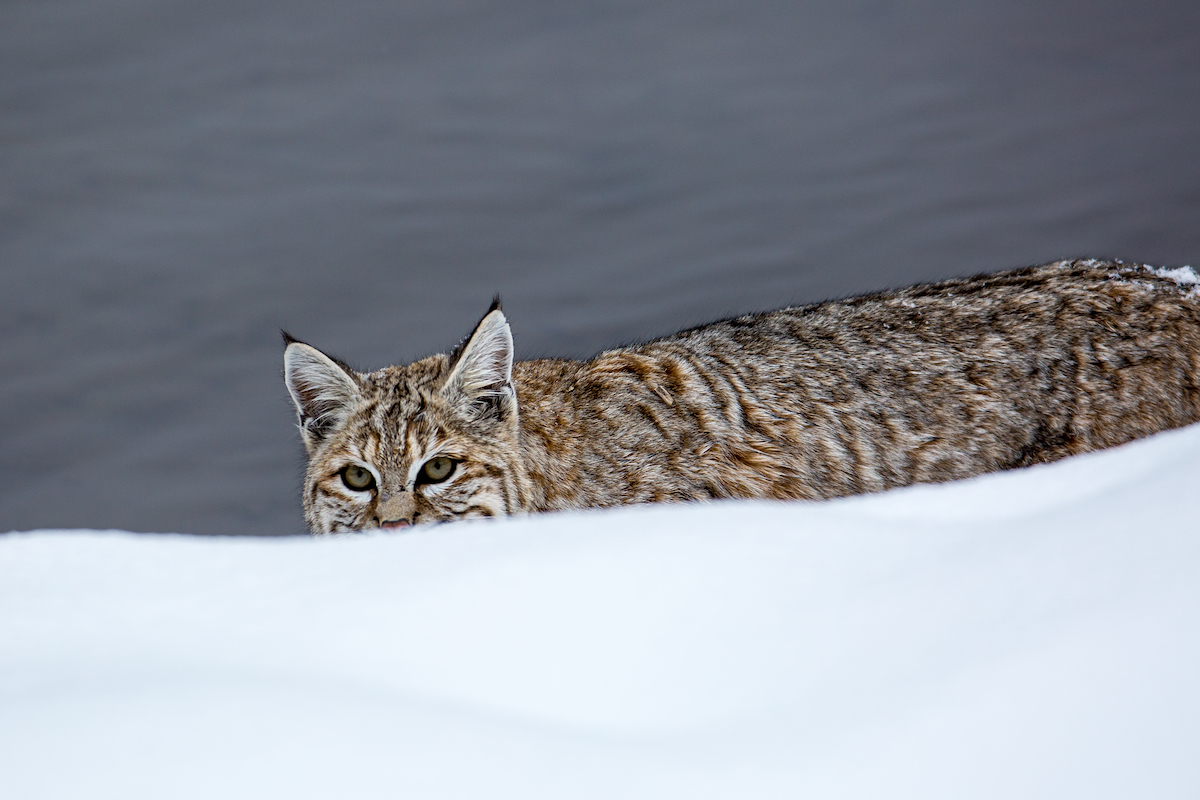brocksw
Well-known member
You know not what you speak. First, I wasn’t the one who started using the term “whack job” in this thread. Hence the clear use of quotation marks.Saying "wack jobs" is an immature ways of discrediting someone's opinion that you do not agree with. We need to look at both sides and realize we ourselves can and have been wrong before. And then be willing to look at information from those that we disagree with with an open mind. We as people are all bias, it doesn't matter if someone has a degree in any given subject or not. I have family with high level degrees who have such bias that the facts just do not matter to them. When someone has a vested interest in something it's nearly impossible for them to change their mind.
Second, you have no idea what I’m even referring too, or specifically what “whack jobs” I’m referring too, or what they’re doing.
Third, not all opinions deserve respect, some opinions need to be fought against. Surely, a brief look into history will highlight this.
Last edited:




